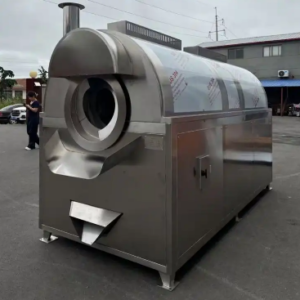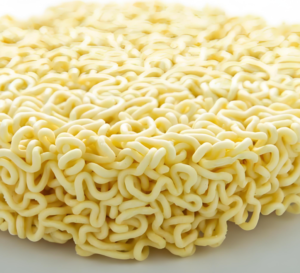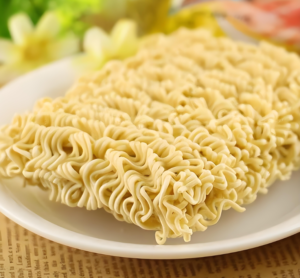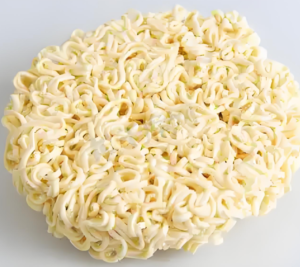puffed snack food production line double screw extruder
ToggleThe Impact of Temperature on Food Extrusion and Expansion
1. Introduction
Temperature is one of the most critical parameters in food extrusion processing, directly influencing product texture, expansion, nutritional quality, and overall efficiency. This article examines how temperature affects the extrusion process, optimal temperature ranges for different products, and strategies for precise thermal control.
2. The Role of Temperature in Food Extrusion
A. Key Temperature-Dependent Mechanisms
- Starch Gelatinization
- Occurs at 60–90°C, transforming starch into a molten state for expansion.
- Critical for crispy snacks, cereals, and puffed products.
- Protein Denaturation
- Plant/animal proteins (e.g., soy, whey) unfold at 70–120°C, affecting texture in meat analogs.
- Maillard Reaction & Browning
- At 110–180°C, enhances flavor and color (e.g., in breakfast cereals).
- Water Flash-Off & Expansion
- Sudden pressure drop at the die causes superheated water (100–200°C) to vaporize, creating a porous structure.
3. Temperature Effects on Product Quality
| Parameter | Low Temperature (<100°C) | Optimal Temperature (120–180°C) | Excessive Temperature (>200°C) |
|---|---|---|---|
| Expansion Ratio | Poor (incomplete gelatinization) | High (uniform puffing) | Over-expansion (brittle, burnt) |
| Texture | Dense, hard | Crispy, light | Crumbly, charred |
| Nutrition | Undercooked starch | Balanced nutrient retention | Vitamin loss, acrylamide formation |
| Color | Pale | Golden-brown | Dark/burnt |
4. Optimal Temperature Ranges for Common Products
| Product | Barrel Temperature Range | Key Considerations |
|---|---|---|
| Corn Puffs | 140–170°C | High starch → needs full gelatinization |
| Textured Protein (TVP) | 120–150°C | Avoid over-denaturation for fibrous texture |
| Pet Food Kibble | 90–130°C | Lower temp to preserve proteins |
| Breakfast Cereals | 150–180°C | Maillard reaction for flavor/color |
| Aquafeed | 100–130°C | Prevents nutrient degradation |
5. Temperature Control Strategies
A. Barrel Temperature Zoning
- Feed Zone (50–80°C): Preheats material without premature cooking.
- Compression Zone (100–140°C): Initiates starch/protein transformation.
- Metering Zone (140–180°C): Ensures complete melting before the die.
B. Advanced Techniques
- PID Controllers
- Automatically adjust heating/cooling for stability.
- Infrared Sensors
- Monitor real-time product temperature at the die.
- Liquid Cooling Jackets
- Prevent overheating in high-shear zones.
C. Troubleshooting Temperature Issues
- Problem: Uneven expansion
Solution: Check for barrel temperature fluctuations or dead zones. - Problem: Burnt flavor
Solution: Reduce end-zone temps or increase screw speed.
6. Future Trends
- AI-Driven Thermal Control: Machine learning adjusts temps based on raw material variability.
- Low-Temperature Extrusion: Supercritical CO₂ or enzymes to reduce energy use.
7. Conclusion
Temperature dictates extrusion success, balancing expansion, texture, and nutrition. Key takeaways:
- Starch-rich products require higher temps (150–180°C).
- Protein/fiber-heavy mixes need lower temps (100–140°C).
- Precision control via zoning and sensors ensures consistency.
Keywords: Extrusion temperature control, starch gelatinization, thermal effects on food extrusion, puffing mechanism.
Would you like detailed data on a specific product’s temperature profile?
Post Views: 256








